Deck & Commander Strategies
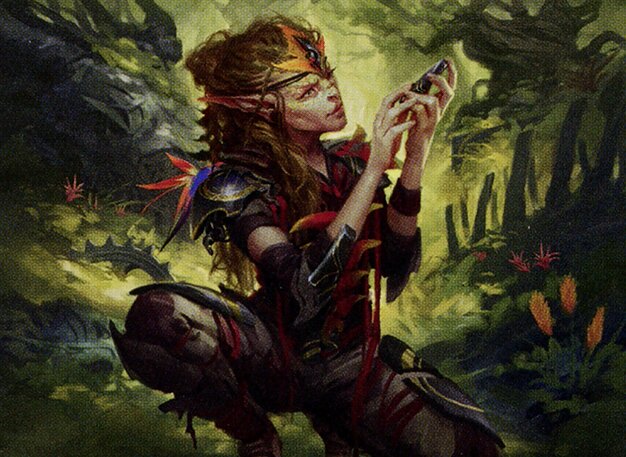
Meria, Scholar of Antiquity
A storm-focused artifact deck that uses tutors and card draw engines like Mystic Forge, Final of Devastation, and Dockside Extortionist to assemble a lethal storm count and win via combo.

Emiel the Blessed
A deck focused on blessing creatures and possibly abusing emblems or counters to generate value and control the board, supported by green ramp and disruption.
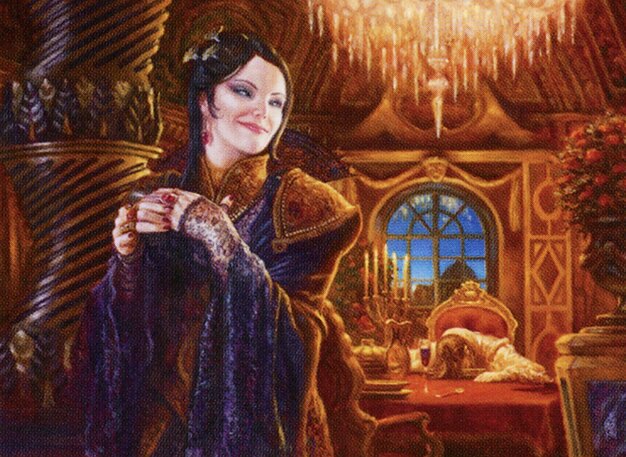
Marchesa, the Black Rose
A midrange deck leveraging dethrone and politics, using Marchesa’s ability to keep creatures on the board through +1/+1 counters and recursion, aiming to outvalue opponents over time.
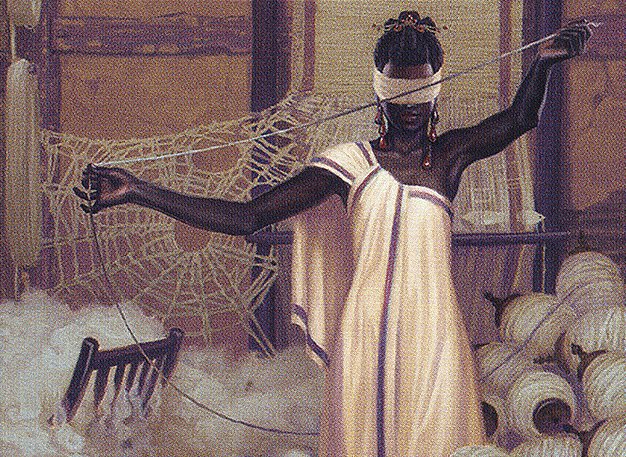
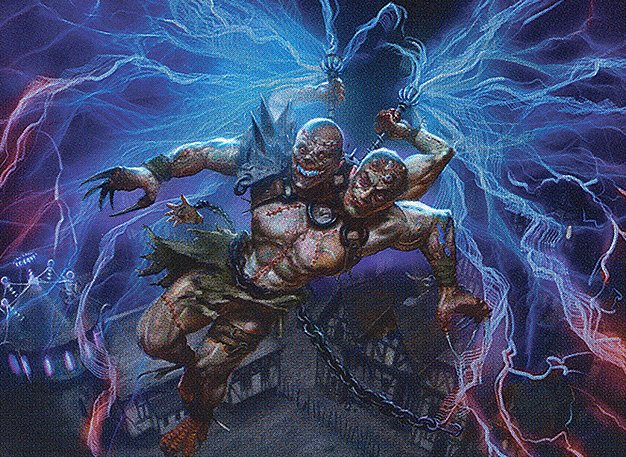
Tymna the Weaver and Kraum, Ludevic's Opus
A partner deck that combines Tymna’s card draw from combat damage with Kraum’s spell casting advantage, focusing on aggressive tempo and disruption while maintaining card advantage.
Gameplay Insights
- 1
Casting The Collector to shut down artifact activations, including the player's own, was a double-edged sword that disrupted opponents but also slowed the player's own mana acceleration and play sequence.
- 2
Glen Elendra Archmage's ability to counter noncreature spells created a significant defensive threat that shaped how players approached their spell casting and combat phases.
- 3
The interaction around paying or not paying for Heuristic Study (a card draw enchantment) and how players managed mana resources affected the flow of card advantage and tempo.
- 4
The social dynamic and player reactions to disruption spells played a critical role in the game’s progression and eventual outcome, underscoring the importance of reading the table and predicting opponent responses in multiplayer cEDH games.
Notable Cards
-
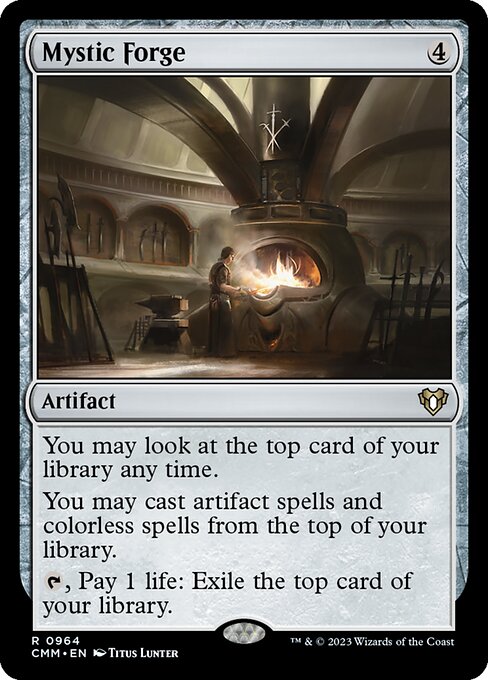
Mystic Forge
-

Dockside Extortionist
-

The Collector
-
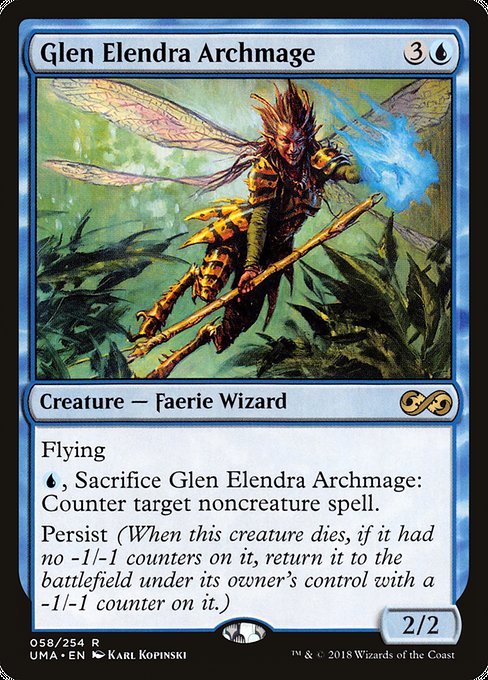
Glen Elendra Archmage
-

Mana Crypt
-
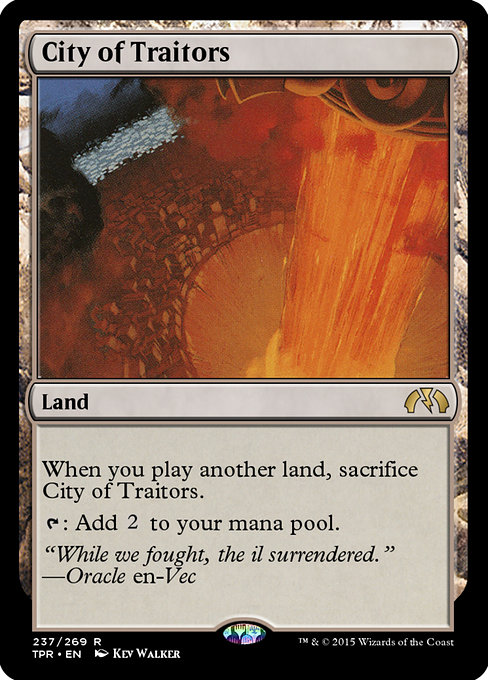
City of Traitors
-
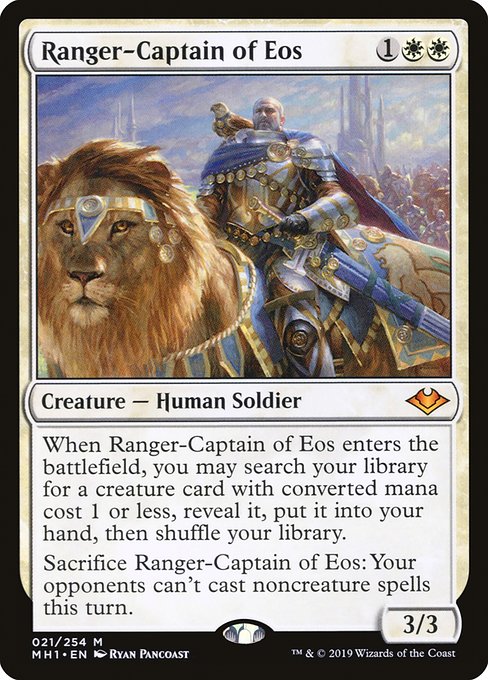
Ranger-Captain of Eos
-
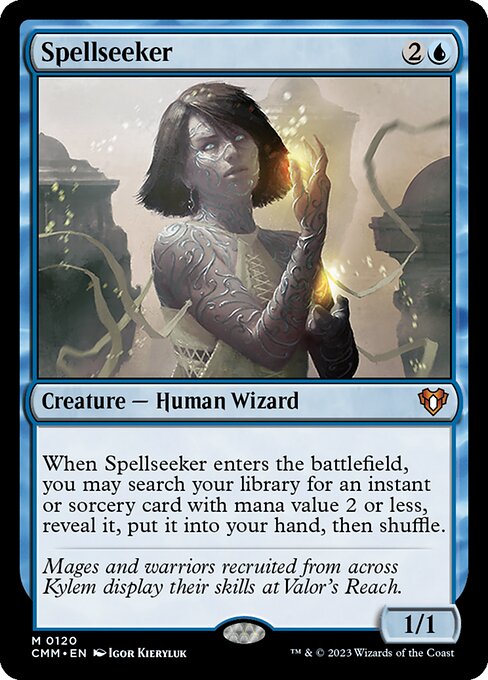
Spellseeker
Gameplay Summary
The game began with Meria, Scholar of Antiquity piloted as a storm-oriented artifact deck aiming to leverage tutors and card draw engines like Mystic Forge and Dockside Extortionist to assemble a combo finish.
Early turns involved careful mana development, with the player focusing on setting up fast mana sources such as Mana Crypt and City of Traitors, alongside key artifacts and enchantments that enable storm sequences.
The opponent decks featured Emiel the Blessed, Marchesa the Black Rose, and a Tymna and Kraum partnership, each developing their boards with creatures and disruption to counter the storm player's plans. A pivotal moment occurred when Meria's pilot chose to cast The Collector, an artifact that prevented opponents from activating artifact abilities, which inadvertently stalled their own mana accelerants but aimed to disrupt the others.
This decision influenced the dynamics at the table, particularly against a Glen Elendra Archmage, which could have otherwise counter spells and protect opponents.
The game slowed into a longer interaction phase, where players carefully monitored each other's potential combos and drew out resources.
Eventually, the storm player's attempts to leverage tutors and card draw were hindered by the political interplay and disruption on board, leading to a complex, socially nuanced outcome rather than a straightforward combo finish.



















![Commander VS S1E2: Keranos v. Marchesa v. Animar v. Ruric Thar [MTG Multiplayer] thumbnail](https://i.ytimg.com/vi/zQYgG45Yzuk/sddefault.jpg)

![Commander Versus Series: Marchesa v. Selvala v. Grenzo v. Muzzio [MTG Multiplayer] thumbnail](https://i.ytimg.com/vi/_6xdmzdhTDg/sddefault.jpg)









![New Dominaria United Commanders [Commander VS 306] | Magic: the Gathering Commander Gameplay thumbnail](https://i.ytimg.com/vi/ojGzEzd3Csc/sddefault.jpg)














